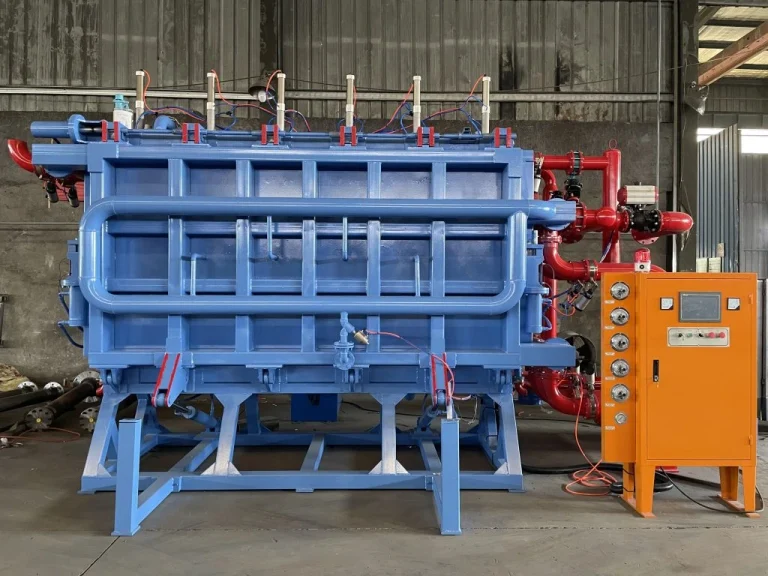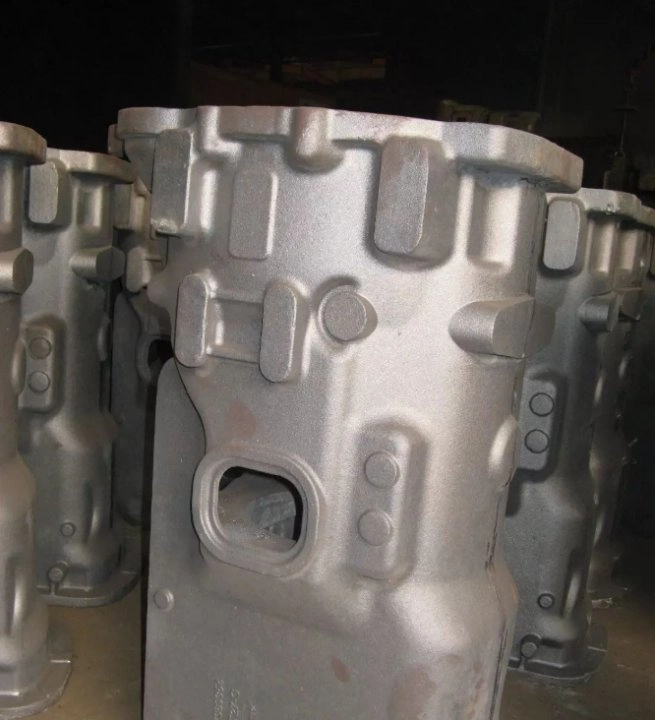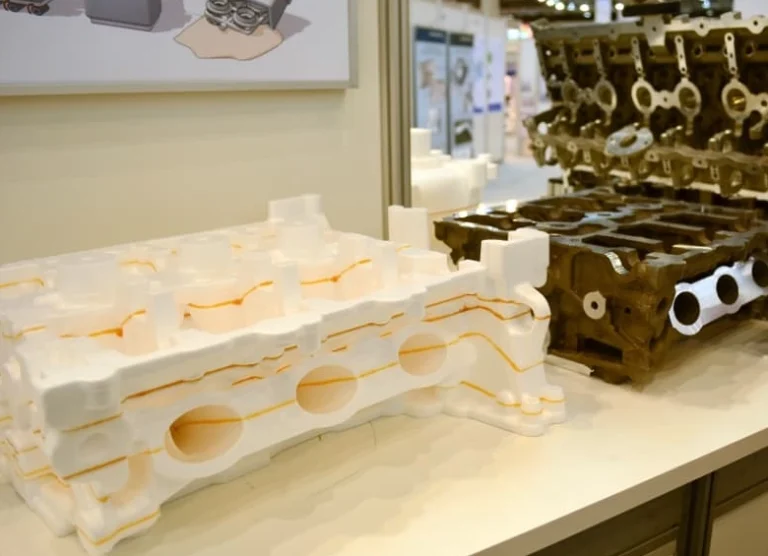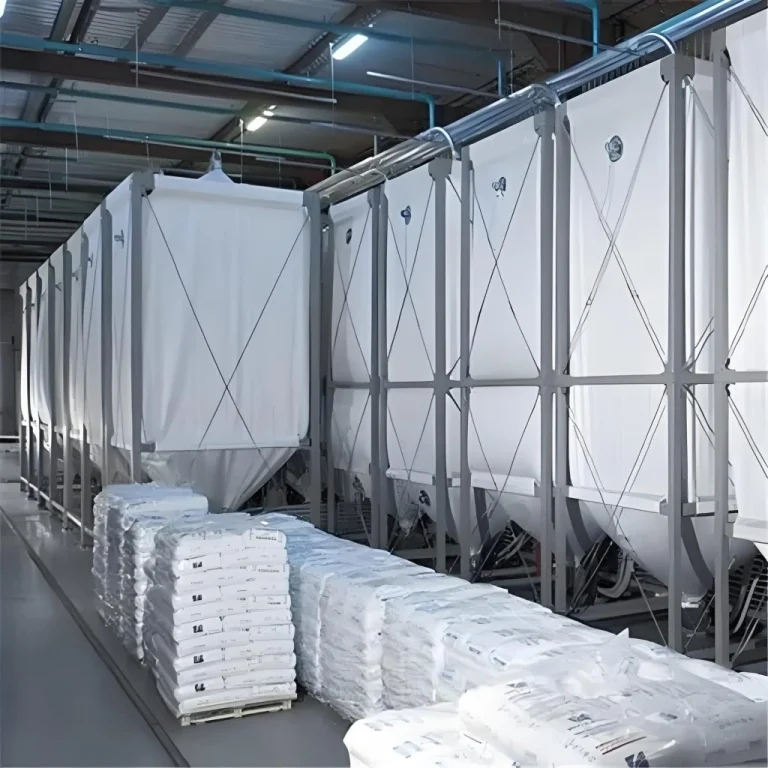Mất bọt đúc is a modern way to shape metal with some great perks, like super accurate sizes, less need for extra cutting, and the freedom to design unique shapes. But getting top-notch results every time means tackling two big hurdles: picking the right materials and making sure the patterns are perfect. These two things are the key to avoiding flaws and keeping production smooth.
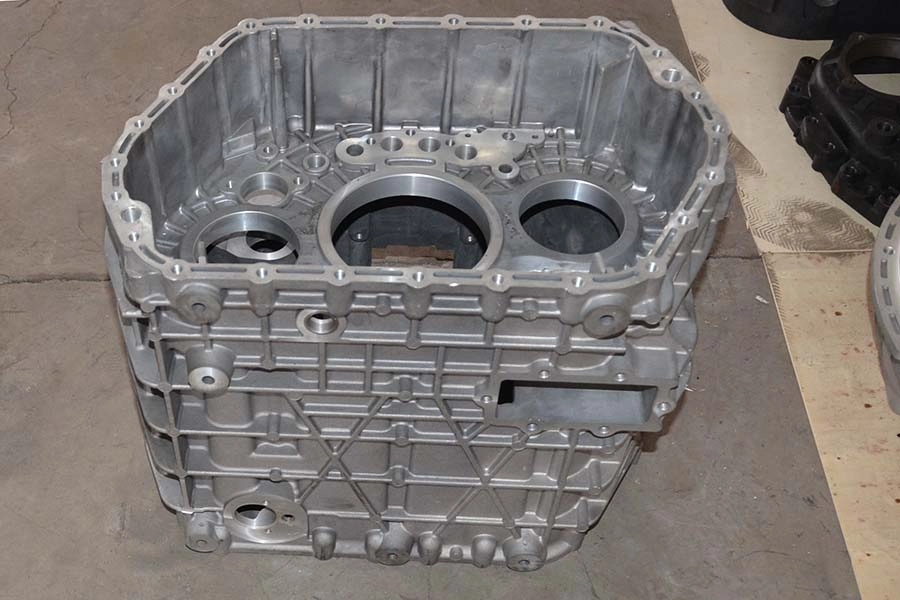
Key Aspect 1: Material Selection
Lost Foam Casting Foam Beads
The type of foam beads chosen for lost foam casting plays a huge role in how smooth the final piece looks, how exact its measurements are, and how strong it is inside.
EPS (Expanded Polystyrene)
EPS is a popular pick for casting aluminum, copper, gray iron, and medium-to-high carbon steel when carbon buildup isn’t a worry. It’s easy on the wallet, but it can lead to problems like shiny carbon spots on iron pieces or extra carbon sticking to steel surfaces.
STMMA (Styrene Methyl Methacrylate Copolymer)
STMMA brings together the best of EPS and EPMMA, and you can tweak it to fit different casting needs. It works really well for ductile iron pieces that can’t handle carbon bits or for thin parts that need a sleek finish.
EPMMA (Expanded Polymethyl Methacrylate)
EPMMA is the go-to choice for alloy steel pieces that need a super clean surface since it cuts down on flaws like creases or dark slag. But keep in mind, it releases about 1.5 times more gas than EPS does.
When picking the right bead, it’s important to think about the material of the casting and what quality you’re aiming for.
Key Aspect 2: Pattern Quality
Foam Pattern Quality Requirements
Dimensional Accuracy
The pattern has to match the design plans exactly, without bending or changing shape while being moved or worked on.
Bề mặt hoàn thiện
A nice, even surface with tightly joined beads is a must. This helps create a smooth mold space, which leads to better-looking cast surfaces.
Structural Integrity
The pattern needs to be tough and firm enough to handle gluing, coating, drying, moving, sand packing, and box closing without breaking or losing shape.
Pattern Manufacturing Process
Bead Pre-foaming
Pre-expansion Parameters
EPS needs a pre-expansion heat of 100–105°C. STMMA works best at 105–115°C, while EPMMA requires 120–130°C. You’ve got to watch the steam flow closely to prevent uneven swelling or bursting of the beads.
Aging of Pre-expanded Beads
After pre-expanding, the beads hold up to 10% water by weight. They need drying until the water drops below 2% before shaping. Aging helps balance out the pressure inside the beads.
Forming
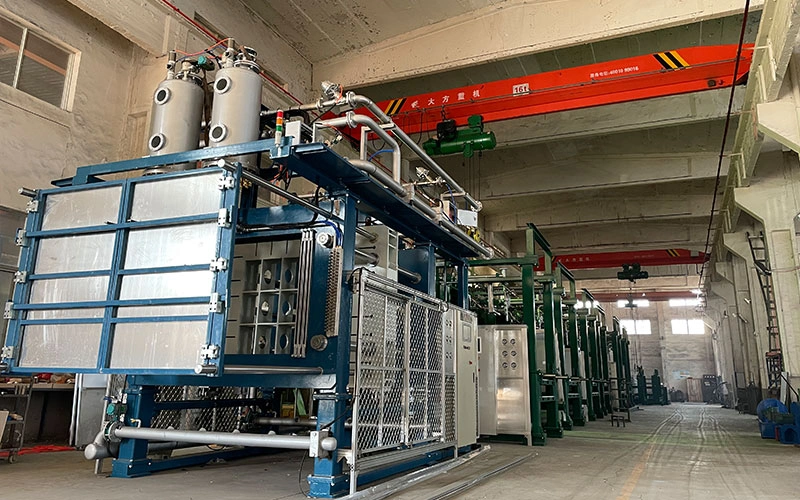
Molding Pressure and Temperature Control
Steam at 0.1–0.15 MPa gets pumped into molds already warmed to about 100°C. Then, reverse steam flow ensures everything heats up evenly. Cooling drops the mold heat to 40–50°C before taking the piece out.
Bonding & Assembly
Adhesive Selection and Application Techniques
The glue used for bonding must disappear completely without leaving any mess behind. Too much glue can cause trouble, as it might not fully vanish and could create flaws in the final piece.
For tricky patterns made from several parts, lining them up just right during gluing keeps the size steady across the whole model.
Pattern Aging and Stabilization
Drying of Foam Patterns
Moisture Content Control
Newly shaped patterns can have 6%–8% moisture. They must be dried until it’s under 1% before adding any coating.
Curing of Foam Patterns
Time and Temperature Considerations
EPS patterns need forced curing at 45–60°C for 4–6 days. STMMA and EPMMA take around 5–7 days, depending on how thick they are and how humid it is.
Letting them dry naturally depends a lot on the weather. So, using drying rooms with systems to remove moisture is a better bet for steady results.
Coating Application and Drying
Lớp phủ chịu lửa
Types of Coatings Used in Lost Foam Casting
Coatings are often alcohol-based or water-based mixes made to handle high metal heat while still letting gas slip out.
Curing Methods & Best Practices
Air Drying vs. Oven Drying Techniques
Alcohol-based coatings can dry in the open air in 30–60 minutes. Water-based ones might take up to 12 hours unless you speed things up with ovens at 50–60°C and good air flow.
Placing them properly while drying stops any bending. After drying, store them in a dry spot to keep moisture from sneaking back in.
Casting Defects & Their Causes
Impact of Thermal Decomposition on Casting Quality
When foam breaks down, it lets out gases that need to escape through the coating during metal pouring.
Gas Generation and Entrapment Issues
If the coating doesn’t let enough gas out or if too much gas builds up, it gets stuck. This can lead to tiny holes or rough patches on the final piece.
Carbon Residue Formation
If the foam doesn’t break down fully or if pouring and gas removal aren’t timed right, leftover carbon bits can end up inside the casting.
Process Optimization
To tackle these issues step by step:
- Choose bead types based on the alloy’s needs (like using STMMA for ductile iron).
- Pair bead size with wall thickness (follow the <1/10th rule).
- Use careful pre-foaming with watched steam settings.
- Make sure aging and drying times fit the season.
- Keep glue use to a minimum when bonding.
- Spread coatings evenly with automatic mixers like the lift type paint mixer that has a disperser and a movable tank.
- Use vacuum-assisted systems, such as Hangzhou Ouchen Technology’s central vacuum system, which keeps negative pressure at -0.5MPa to -0.8MPa for quick cooling with little shape change.
FAQ
Q: Why does foam material selection matter?
A: Different foams break down in unique ways under heat. Picking the wrong one can mean more gas or carbon leftovers, which mess up the casting quality.
Q: How important is pattern drying?
A: Super important—moisture can mess with size steadiness and how well the coating sticks. Patterns should have less than 1% moisture before coating.
Q: Can I use construction-grade foam boards?
A: Nope. Construction foams often have the wrong bead sizes and strength, causing bits to get stuck when used in gating systems.
Q: What’s an optimal way to dry coatings quickly?
A: Try heated drying rooms at about 60°C with dehumidifiers for water-based coatings. Or, if it’s sunny, let alcohol-based ones dry outside if the weather’s right.
Hangzhou Ouchen Technology Co., LTD lost foam casting white area equipment manufacturer
Công ty TNHH Công nghệ Hàng Châu Ouchen focuses on making smart equipment for lost foam casting white areas. Their lineup includes fully automatic pre-foaming machines with electromagnetic-steam hybrid setups, storage silos with clever climate control, vertical and horizontal forming machines with PLC automation, central vacuum systems for fast cooling, and top-notch paint mixers for even coating spread.
With cool features like remote troubleshooting, adjustable pressure settings, energy-saving systems, and quick mold swaps that cut downtime from hours to minutes, they’re changing the game for lost foam production. They’re a must-have partner for modern foundries looking for accuracy and dependability. Contact Ouchen today for best equipment offering.

